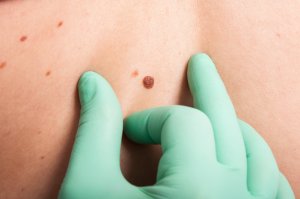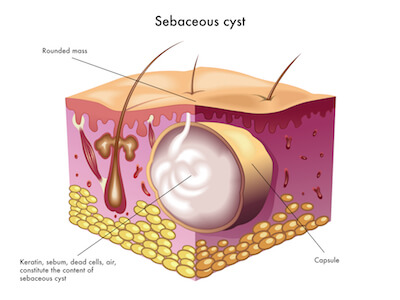
Syringoma
Syringomas are common small bumps found under the eyes.
Improve the appearance of your syringoma with precise laser surgery.
- Professional | Established | Trusted
- Consultation and Assessment
- Low Downtime Procedure
- From $380 onwards
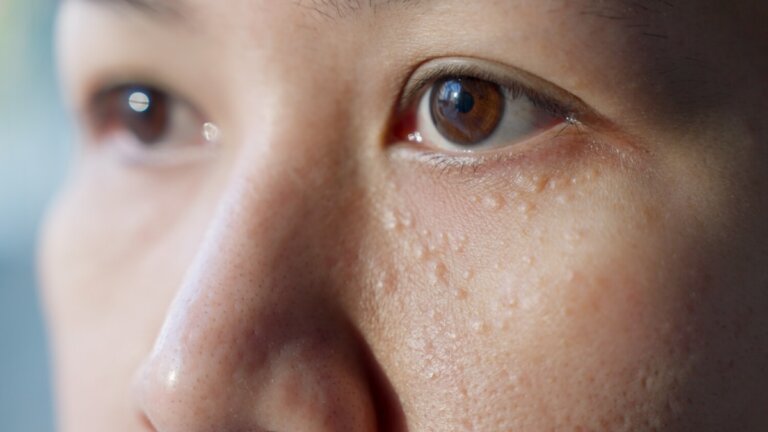
What is a syringoma?
Syringomas are benign skin sweat gland (eccrine) tumours, which grow from the deeper layer of the skin called the dermis. They look like yellow or skin coloured bumps and are found frequently clustered over both the lower eyelids, upper eyelids and upper cheeks.
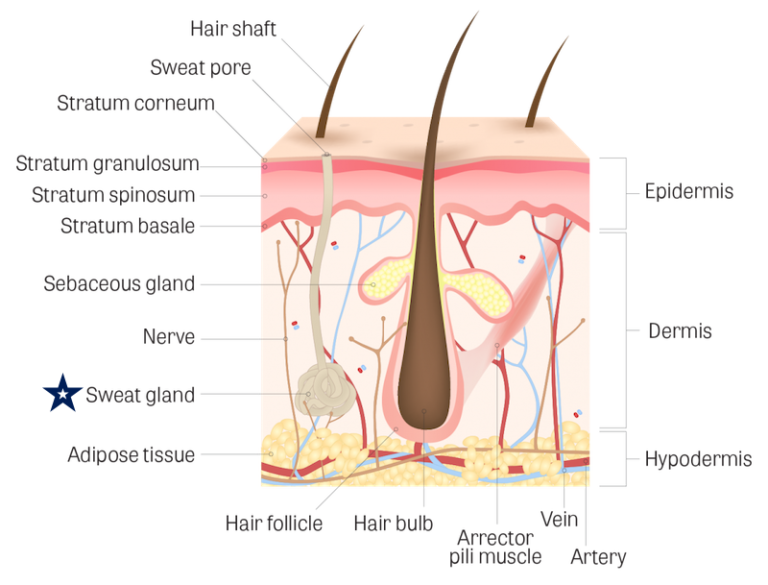
How Common Are Syringomas?
Syringomas are a relatively common phenomenon affecting 1% of the population, and are found more frequently in women compared to men. It usually appears during the adolescent period. Syringomas are more commonly found in Asian skin type.
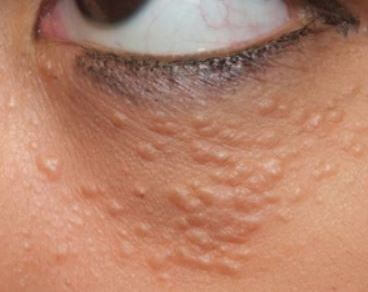

How Are Syringomas Diagnosed?
Most cases of syringomas can be diagnosed based on their clinical appearance. Eruptive syringomas, an uncommon variant, may occur on the neck, chest, limbs and body areas and may require a skin biopsy to determine the diagnosis.
Are Syringomas Harmful?
Not at all. Most syringomas are asymptomatic and do not need to be treated. Treatments are considered when individuals find it cosmetically unsightly.
Treatment of Syringoma
Many people want their syringomas removed for cosmetic reasons. Treatment options for syringoma removal include excision, electrosurgery, chemical peels, cryotherapy and laser syringoma removal surgery.
Treatment considerations include the number of syringomas, the size, location and importantly your skin phototype.
Treatments such as excision may lead to further scarring, whereas cryotherapy may be associated with swelling, blisters and post-inflammatory hyperpigmentation.
To date, these treatments are not curative of syringomas and recurrences are common because of genetic susceptibility and they fact that they are embedded in the deeper layer of the skin.
Syringoma removal is challenging as the condition may recur. In order to treat the condition the sweat gland must be removed, which may require more than one treatment session at APAX Medical & Aesthetics Clinic. A consultation with Dr Moses Ng, an experienced and skilled laser surgeon, will determine the best syringoma removal treatment for you.
Laser Syringoma Removal

Ablative CO2 laser syringoma removal is a precise and safe technique to reduce the appearance of your syringomas.
CO2 laser surgery is associated with faster healing times, almost no bleeding and minimal scarring.
During the procedure, individual lesions are marked and local anaesthetic is injected before the procedure. The procedure is painless and tolerable to most individuals.
From experience, Dr Ng recommends that laser removal of syringomas is undertaken cautiously. We usually treat a small area first to see how the skin responds to treatment. For multiple syringomas, a fractionated approach helps to minimize scarring and improves healing.
The CO2 laser can be calibrated and controlled to target the affected area of the skin, thus minimizing collateral damage to surrounding healthy skin.
Through the ultrapulse mode, CO2 laser is able to target the affected area only, it minimises damage to the surrounding skin and therefore reduces the appearance of scarring.
Most individuals heal completely within 7 days.
An experienced laser surgeon is essential to ensure good results with minimal risk and complications.
Frequently Asked Questions About Syringoma Removal
Syringomas are harmless and typically do not require treatment unless they are causing cosmetic concerns or discomfort. However, some individuals may choose to have them removed for aesthetic reasons.
Since the exact cause of syringomas is not fully understood, there are no specific preventive measures for their development. However, practicing good skincare habits, avoiding excessive sun exposure, and managing underlying health conditions may help maintain overall skin health.
Yes, there is a possibility that syringomas may recur after treatment, especially if the underlying cause or predisposing factors are not addressed. However, proper treatment techniques performed by a qualified healthcare provider can minimize the risk of recurrence.
Attempting to remove syringomas at home is not recommended, as it can lead to scarring, infection, and other complications. It’s essential to have syringomas evaluated and treated by a dermatologist or healthcare professional.
A scab typically forms over the wound over 2-3 days and falls off in a week. Most individuals recover usually within 7-10 days.
The side effects and risks associated with syringoma treatment depend on the chosen method and individual factors. Potential side effects may include temporary redness, swelling, bruising, scarring, or changes in pigmentation. It’s essential to discuss potential risks and benefits with your healthcare provider before undergoing treatment.
Most individuals heal well with minimal scarring. The initial healing will result in the wound site being pinkish but will almost blend in with the surrounding skin as healing occurs.
Ensure that the wound is kept clean and avoid activities that increases the risk of wound contamination. Direct sun exposure is to be avoided for at least 4 weeks to reduce the occurrence of post-inflammatory hyperpigmentation.
Syringomas are known to recur despite the treatment modality. Repeated treatments can be safely offered if the healing response have been good.
Request a CallBack
Get in touch with us with any questions, pricing, or bookings.
Or give us a call at +65 6769 6007 | WhatsApp us +65 9855 3022
Related Information:
References:
- CHO, S.B., KIM, H.J., NOH, S., LEE, S.J., KIM, Y.K. and LEE, J.H. (2011), Treatment of Syringoma Using an Ablative 10,600-nm Carbon Dioxide Fractional Laser: A Prospective Analysis of 35 Patients. Dermatologic Surgery, 37: 433-438. https://doi.org/10.1111/j.1524-4725.2011.01915.x
- Lim, Y, Lee, J, Jang, D, Abudureyimu, G, Lee, J-H. Clinical characteristics and pathological depths of syringomas in 94 Korean patients. Skin Res Technol. 2021; 27: 70– 73. https://doi.org/10.1111/srt.12910



